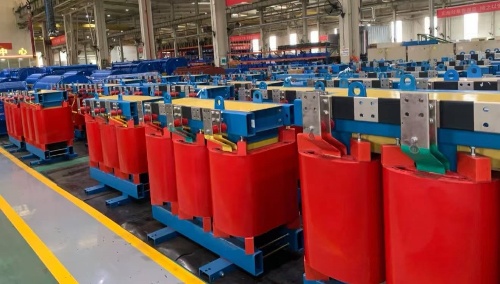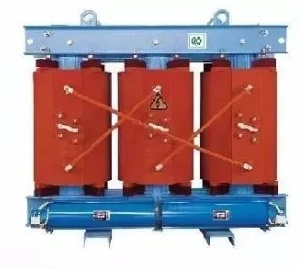Electronic Components Supplier | Transformers, Inductors, Inverters
Introduction
Wind energy is one of the fastest-growing renewable energy sources, and transformers used in wind turbines play a crucial role in efficient power transmission. These transformers ensure voltage regulation, grid compatibility, and energy efficiency. This article explores the types of transformers in wind turbines, their functions, selection criteria, and the latest industry trends.

Why Are Transformers Essential in Wind Turbines?
Transformers used in wind turbines serve three primary purposes:
- Step-Up Voltage Conversion – Wind turbines generate low-voltage electricity (typically 690V), which must be stepped up to grid-level voltage (11kV-33kV or higher).
- Isolation & Protection – They provide electrical isolation, protecting the turbine and grid from faults.
- Efficiency Optimization – High-quality transformers minimize energy losses during transmission.
Types of Transformers Used in Wind Turbines
1. Pad-Mounted Transformers
- Location: Installed at the base of the turbine.
- Advantages: Compact, weather-resistant, easy maintenance.
- Common Use: Onshore wind farms.
2. Dry-Type Transformers
- Cooling Method: Air-cooled (no oil), making them eco-friendly.
- Benefits: Fire-resistant, low maintenance, suitable for offshore turbines.
- Drawbacks: Lower power capacity compared to oil-filled transformers.
3. Oil-Immersed Transformers
- Cooling Method: Oil-insulated for better heat dissipation.
- Advantages: Higher efficiency, ideal for high-power wind turbines.
- Challenges: Environmental concerns due to oil leakage risks.
4. Cast Resin Transformers
- Design: Encased in epoxy resin for enhanced durability.
- Best For: Harsh environments (offshore wind farms).
- Pros: Moisture-resistant, long lifespan.
Key Factors When Selecting Transformers for Wind Turbines
1. Efficiency & Energy Losses
- Look for low no-load losses (important since turbines often operate at partial capacity).
- High-efficiency transformers (e.g., amorphous core) reduce operational costs.
2. Environmental Conditions
- Offshore turbines need corrosion-resistant, waterproof transformers.
- Onshore transformers must withstand dust, humidity, and temperature fluctuations.
3. Grid Compatibility
- Ensure the transformer matches grid voltage requirements (e.g., 33kV, 66kV, or 132kV).
- Smart transformers with IoT monitoring are becoming popular for grid stability.
4. Maintenance & Lifespan
- Dry-type and cast resin transformers require less maintenance.
- Oil-filled transformers need regular inspections to prevent leaks.
Latest Trends in Wind Turbine Transformers
1. Smart Transformers with IoT Integration
- Real-time monitoring of voltage, temperature, and load conditions.
- Predictive maintenance reduces downtime.
2. Amorphous Metal Core Transformers
- 30% lower core losses than traditional silicon steel transformers.
- Increasing adoption in offshore wind projects.
3. Modular & Compact Designs
- Easier installation and replacement in floating wind turbines.
4. Eco-Friendly Alternatives
- Biodegradable ester oils replacing mineral oil for safer, sustainable insulation.

Conclusion
Transformers used in wind turbines are critical for efficient power generation and grid integration. Choosing the right type—whether pad-mounted, dry-type, or oil-immersed—depends on location, efficiency needs, and environmental factors. Emerging trends like smart transformers and amorphous cores are shaping the future of wind energy.







